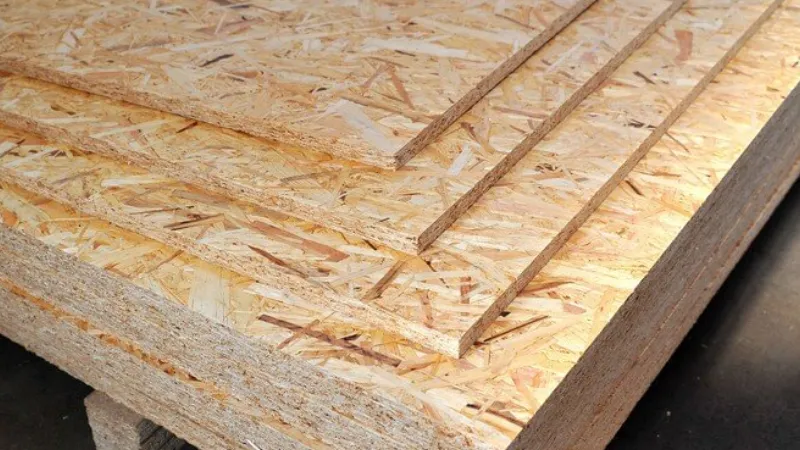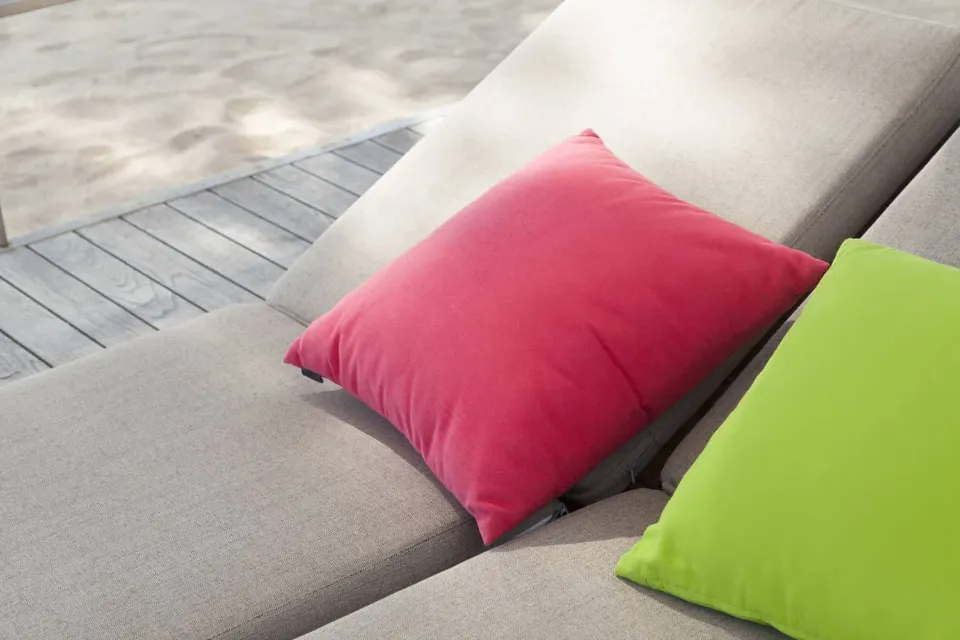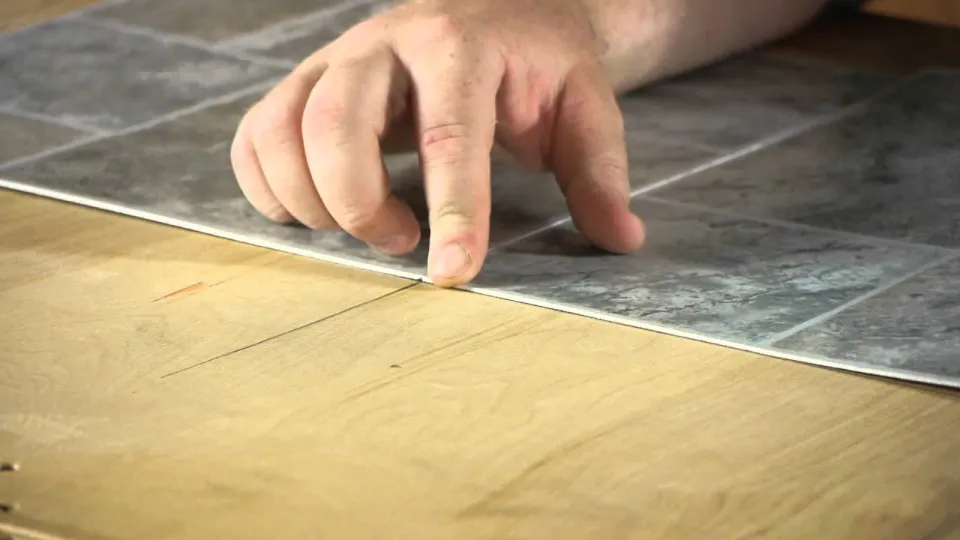What is Oriented Strand Board? How is Made? What is OSB Used For? Will OSB Burn Rot Or Mold? Let’s started!
OSB is a popular and adaptable engineered wood panel made from cross-oriented layers of rectangular wood strands and waterproof heat-cured adhesives. It is similar in strength and performance as plywood, resisting deflection, warping and distortion.
Continue reading to find out more.
OSB Basics
A common and functional structural wood panel is oriented strand board. The engineered wood panel known as OSB is made from waterproof heat-cured adhesives and rectangularly shaped wood strands arranged in cross-oriented layers. It has many of the same strength and performance qualities as plywood. The wood and adhesives in OSB combine to produce a sturdy, dimensionally stable panel that is resistant to deflection, delamination, and warping. Panels also withstand racking and shape distortion under challenging wind and seismic conditions. In comparison to their strength, OSB panels are lightweight, manageable, and simple to install.
Massive, continuous mats of OSB are used in production to create solid panels with a constant quality and no laps, gaps, or voids. Finished panels are available in large dimensions, minimizing the number of joints that can “leak” heat and admit airborne noise.
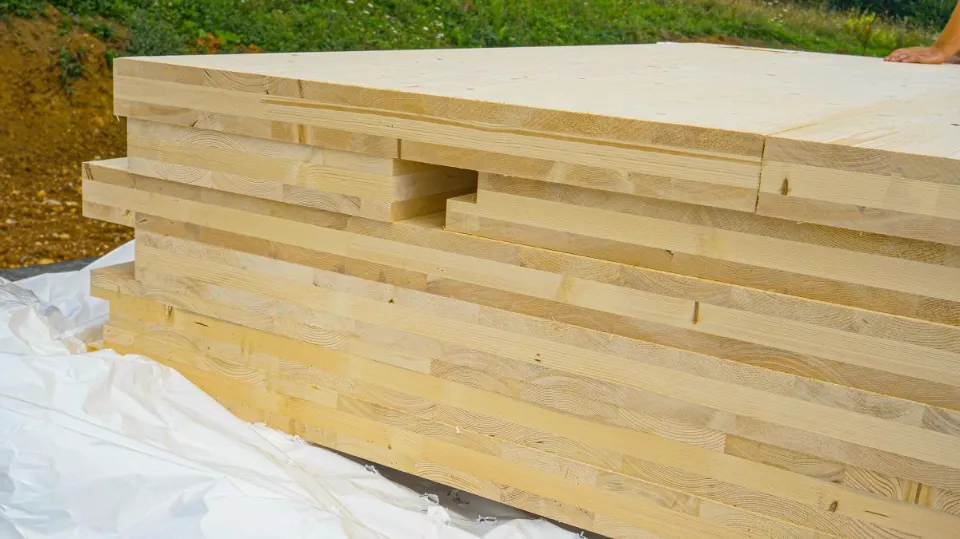
How is OSB Made?
The timbers used in OSB manufacture include both softwoods (spruce, pine) and hardwood (aspen). Debarked logs are held longitudinally against rotating knives as they are cut tangentially into wood strands. After drying, these flakes are generally sprayed with a synthetic resin binder and wax and then bonded under heat and pressure between steel belts.
What is OSB Used For?
A variety of OSB products are produced by BC manufacturers for both structural and non-structural uses. It can be used for roof, wall, and floor sheathing because it is a lightweight, robust, and adaptable wood product. It is occasionally used as the skin material for structural insulated panels as well as the web material for prefabricated I-joists. As a robust, stable panel, it typically won’t warp and can withstand loads from wind and earthquakes. Pallets, commercial containers, marine applications, and furniture manufacturing are just a few additional uses for OSB made in British Columbia.
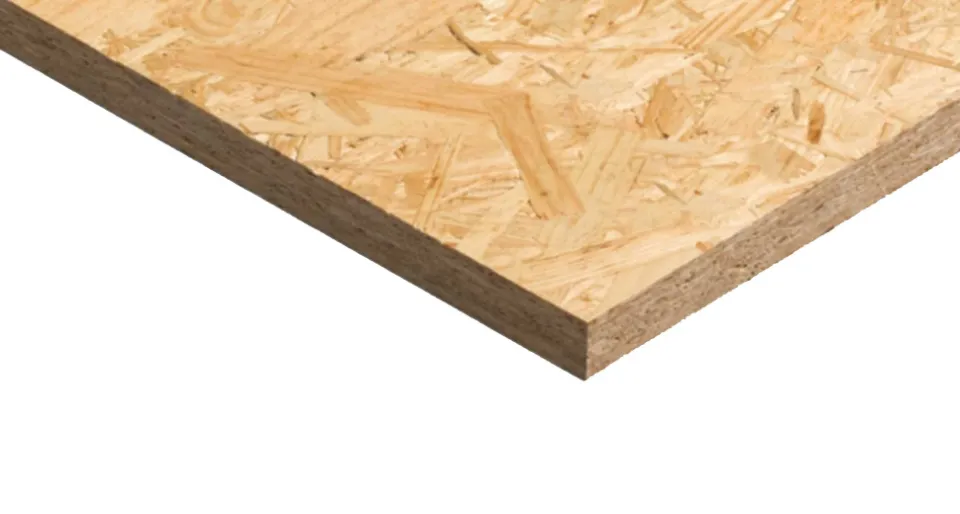
Will OSB Burn Rot Or Mold?
To increase its resistance to rot or fire, OSB can be chemically treated. When properly processed with resins, it is water-resistant. OSB manufacturers must test their products to determine the effects of fire retardants, or any other chemicals.
How Does OSB Compare to Other Products?
Similar to plywood, OSB is frequently a preferred product and is used for a variety of typical applications. OSB can be fabricated into panel that are larger than plywood. Plywood absorbs water more quickly than OSB because it is lighter and swells more when wet, especially at panel edges. Despite their differences, plywood and OSB are similar products that were created to meet the same requirements for strength and structural performance. But OSB offers outstanding light-weight strength and durability.
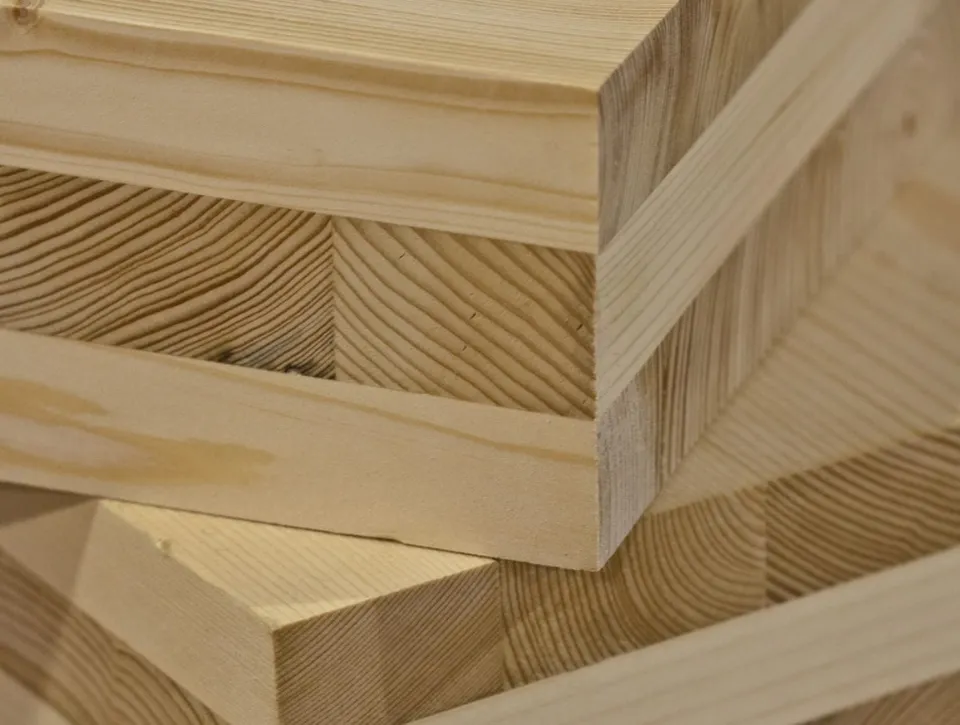
FAQs
What is Oriented Strand Board Good For?
OSB is mainly used as a floor and wall sheathing in traditional platform-frame constructed buildings (single or multi-family housing). It can also be found in mid-rise residential and non-residential construction. Other applications include the manufacturing of other engineered wood products like wood I-joists.
What is the Difference Between Plywood and Oriented Strand Board?
OSB is generally less expensive than plywood. OSB is more uniform, with fewer voids, soft spots, or gaps. Given that OSB can be produced using scrap and smaller trees rather than old-growth ones, many people believe it to be a more environmentally friendly product. OSB does not delaminate, as plywood can.
Is OSB Board Waterproof?
OSB is strong and water-resistant.
OSB is an incredibly strong material thanks to this style of construction. Many times (depending on the OSB grade) it is rated for load bearing applications. The waterproofing of walls, subfloors, and roofs can all be accomplished with the use of this type of board.
Why is OSB Cheaper Than Plywood?
OSB is more uniform, so there are fewer soft spots, such as those that can occur in plywood. Compared to plywood, OSB is more affordable. OSB may be $700 less expensive to construct than plywood for a typical 2,400 square foot home.
Summary: What is An Oriented Strand Board?
OSB is an engineered wood-based panel material in which long strands of wood are bonded together with a synthetic resin adhesive. The strands of the outer two layers of OSB are typically oriented in the long direction of the panel, and the material is typically composed of three layers.
If you have any questions, please leave a comment. My Prime Home tries to give you the best home improvement information. Don’t forget to share the post. Thank you for reading.
